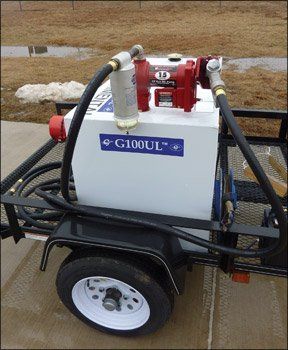
As the FAA’s leaded avgas replacement effort grinds to a temporary halt, General Aviation Modifications Inc. says it’s close to completing testing on its own 100-octane unleaded fuel. GAMI sidestepped the FAA’s Piston Aviation Fuel Initiative in favor of a more streamlined STC approval process that’s now within a few steps of being completed.
GAMI’s George Braly told AVweb this week that the company’s G100 fuel has been getting more attention from both the FAA and general aviation interests even before last week’s announcement that PAFI testing of two candidate fuels from Swift and Shell has been halted because of specification shortfalls. The agency declined to offer details, but said it would be inviting companies with candidate fuels outside the PAFI process to participate. Braly said GAMI will continue to focus its efforts on the STC approvals.
G100 is an aviation alkylate base stock with an octane enhancement package consisting of a blend of aromatic hydrocarbons. It has been under almost continuous testing and evaluation since 2010. Braly said the company is continuing testing “out of a hip pocket” and may be done with the FAA-mandated work by the end of the year or early next year. Braly said GAMI still has some detonation testing and inflight trials using a Lycoming IO-540K-eqipped Lance and a 150-hour test in a Cirrus.
The company has been approached by refiners interested in producing G100 under license and although an STC is required to use it, Braly said GAMI hopes to offer this for free as a simple download. The STCs will eventually cover the entire fixed-wing piston fleet and could eventually be expanded to cover helicopters and warbirds.
G100 is slightly heavier than 100LL, but not enough to make significant performance differences, Braly said. It weighs 6.25 pounds per gallon compared to 6 pounds for 100LL. At the refinery gate, Braly estimates that G100 will cost 40 to 80 cents more than leaded avgas, but not less. Retail price at the pump will vary according to local flowage margins.


































